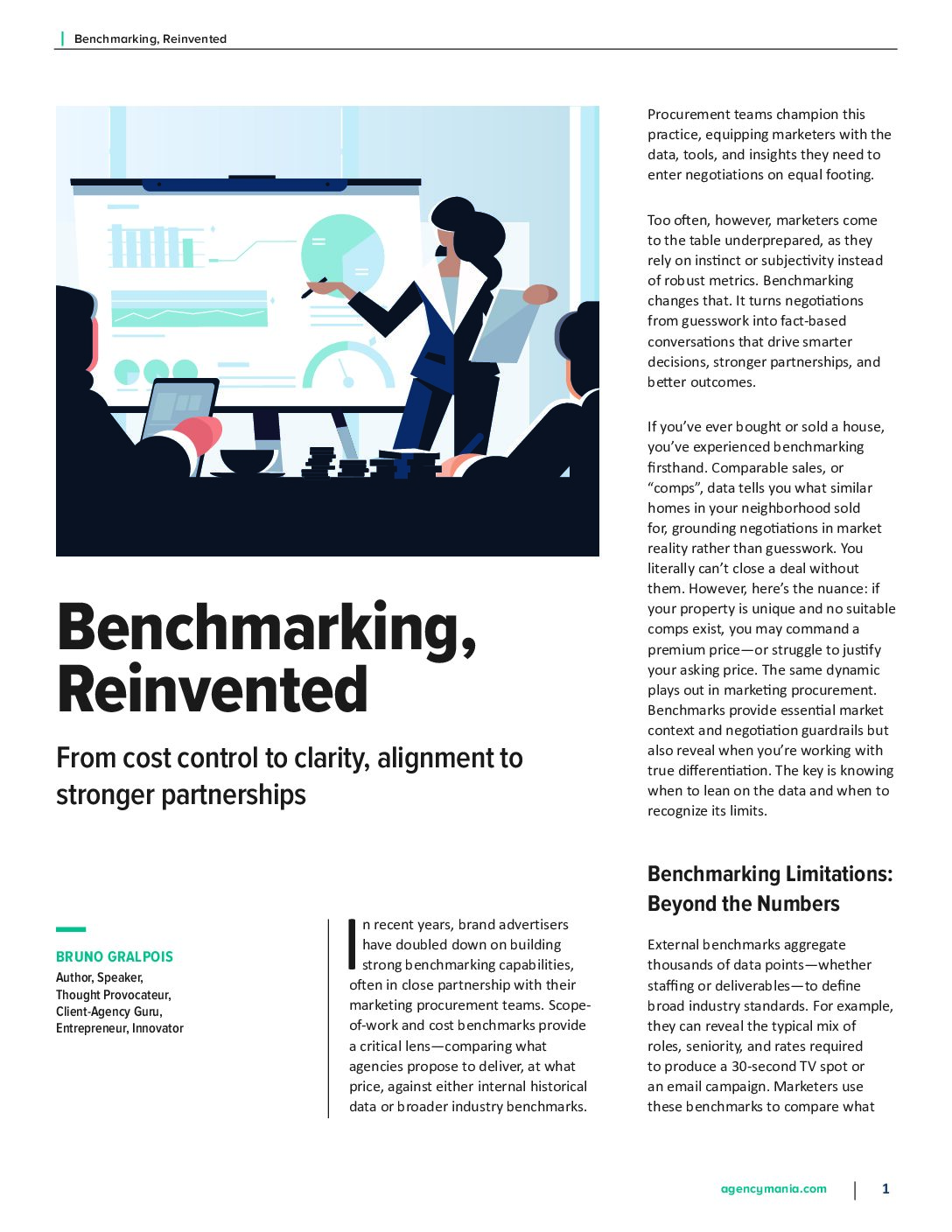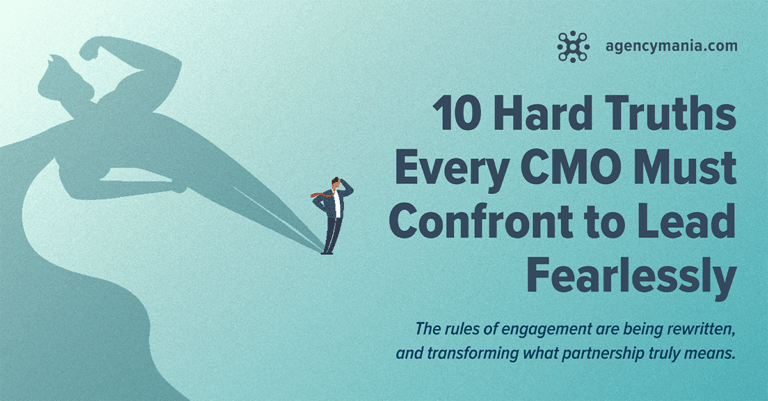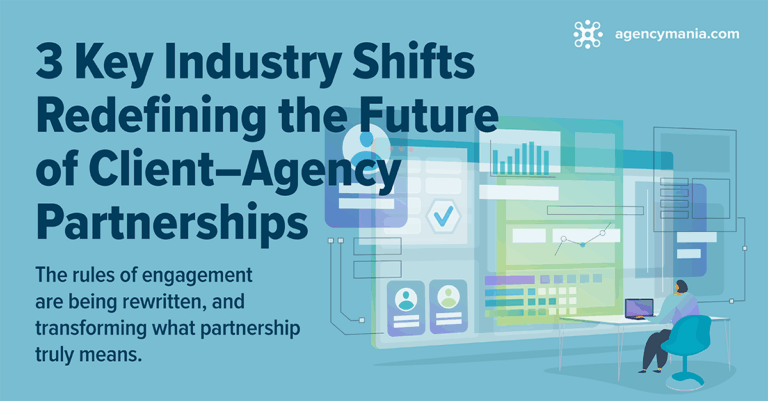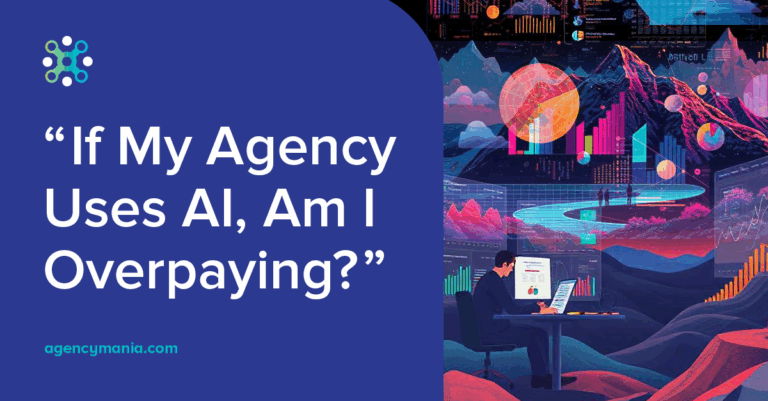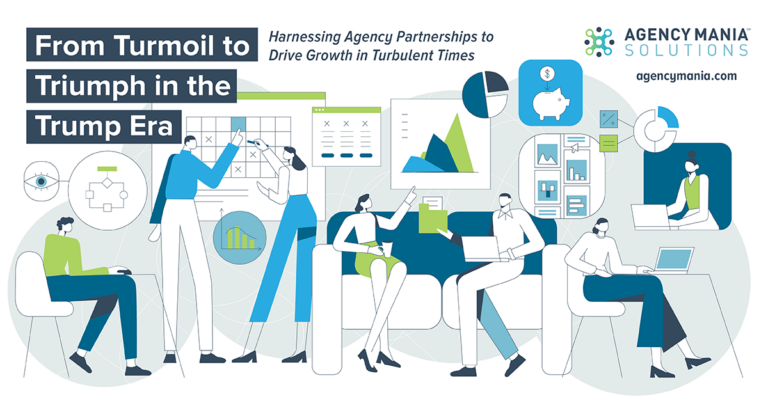From cost control to clarity, alignment to stronger partnerships
In recent years, brand advertisers have doubled down on building strong benchmarking capabilities, often in close partnership with their marketing procurement teams. Scope-of-work and cost benchmarks provide a critical lens—comparing what agencies propose to deliver, at what price, against either internal historical data or broader industry benchmarks. Procurement teams champion this practice, equipping marketers with the data, tools, and insights they need to enter negotiations on equal footing.
Too often, however, marketers come to the table underprepared, as they rely on instinct or subjectivity instead of robust metrics. Benchmarking changes that. It turns negotiations from guesswork into fact-based conversations that drive smarter decisions, stronger partnerships, and better outcomes.
If you’ve ever bought or sold a house, you’ve experienced benchmarking firsthand. Comparable sales, or “comps”, data tells you what similar homes in your neighborhood sold for, grounding negotiations in market reality rather than guesswork. You literally can’t close a deal without them. However, here’s the nuance: if your property is unique and no suitable comps exist, you may command a premium price—or struggle to justify your asking price. The same dynamic plays out in marketing procurement. Benchmarks provide essential market context and negotiation guardrails but also reveal when you’re working with truly differentiated. The key is knowing when to lean on the data and when to recognize its limits.
Benchmarking Limitations: Beyond the Numbers
External benchmarks aggregate thousands of data points—whether staffing or deliverables—to define broad industry standards. For example, they can reveal the typical mix of roles, seniority, and rates required to produce a 30-second TV spot or an email campaign. Marketers use these benchmarks to compare what others pay against what their agency is charging, often pushing for lower rates or leaner resourcing in line with industry norms. Internal benchmarks, by contrast, are more precise, measuring like-for-like work across the same or comparable agencies.
While industry benchmarks can validate whether a brand operates within market norms, they rarely capture the unique ways a client collaborates with its agency. Ignoring those nuances risks reducing partnerships to the lowest common denominator. That approach stifles differentiation and fuels mediocrity. Not surprisingly, agencies often resist benchmark data, arguing—sometimes rightly—that it oversimplifies and fails to reflect the client’s specific needs.
Shifting from Penny-Pinching to Partnership-Building
Benchmarking fuels not just negotiations, but also trust, alignment, and better work. Benchmarks are far more than a tool for cost negotiation. They are a catalyst for clarity and collaboration. Like any powerful dataset, they can build greatness when used wisely, or destruction when misused. Their true purpose is to spotlight potential misalignments in cost, scope, or resource expectations. Marketing teams can then probe assumptions, challenge constructively, and ultimately drive sharper alignment with their agencies.
A price above benchmark doesn’t always mean inefficiency. It may reflect the need for more senior talent, additional resources, or greater time investment. The role of the marketer is to discern whether those justifications hold. If not, benchmarks spark the right conversations: debates and exchanges of information that lead to mutual understanding. At its best, benchmarking is about fueling transparency, strengthening partnerships, and ensuring both sides are aligned to deliver their best.
Reverse Benchmarking? Turn Data into Dialogue and Lasting Value
One of the greatest risks of using benchmarks is when they’re wielded to impose, demand, or pressure. Used this way, they’re meant to win arguments, not guide better decisions—and they often lead to the wrong outcome. Sure, some may successfully lead to cost reductions and efficiencies but those are only desirable if they were the original intention of the client. Healthy use of benchmarks can right-sizing resource allocations without compromising the work itself or negatively impacting the agency, short or long term.
Reverse benchmarking flips the script. Instead of simply copying what competitors do well, it zeroes in on their blind spots—those overlooked weaknesses and unchallenged industry “rules” that leave opportunity on the table. For agencies and brands, the path to true differentiation lies in seizing these gaps, not in imitation. Greatness is never achieved by shrinking—brand advertisers must wield benchmark data as a constructive force, using it to fuel stronger partnerships, elevate the work, and unlock higher performance.
Author, Speaker, Thought Provocateur, Client-Agency Guru, Entrepreneur, Innovator

